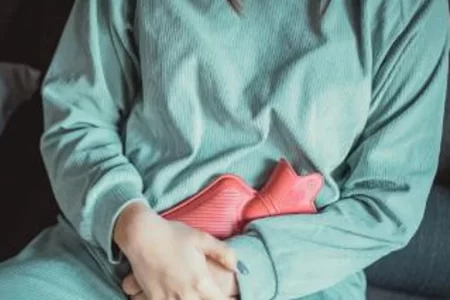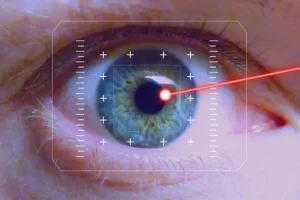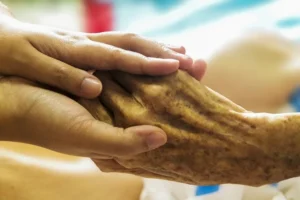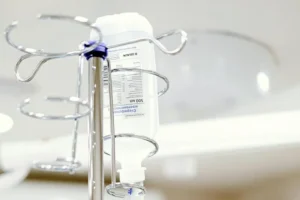Sitz Bath for Relief from Hemorrhoids
- Updated on: Jun 24, 2024
- 4 min Read
By
- Published on Oct 3, 2019
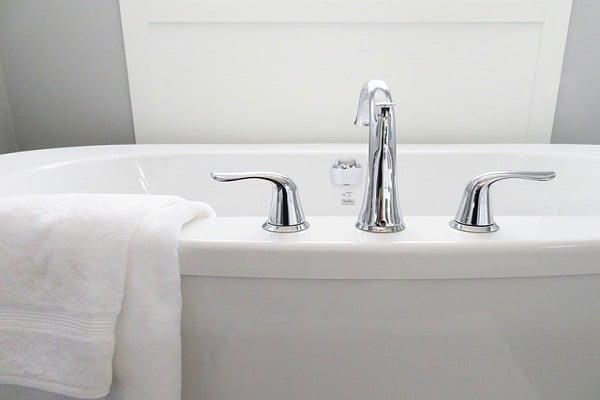

Sitz bath for haemorrhoids relief
The word sitz is derived from the German word “sitzen,” which means “to sit.” A sitz bath is a warm and shallow bath that is recommended to cleanse the perineum (space between the rectum and the vulva or scrotum). A sitz bath is also helpful in providing relief and comfort from pain or itching in the genital area.
Sitz bath procedure
Sitz bath doesn’t take a lot of water, just a couple of inches. A sitz bath solution is added to the warm water before taking a sitz bath. Shower gel, bubble bath, or any type of soap is not added to the water. The temperature should be lukewarm and comfortable to the touch.
Hot sitz baths are generally not recommended as the area of the perineum is very soft. Usually, doctors suggest warm sitz bath for 10 to 15 minutes thrice a day but a doctor can also suggest more depending on the condition.
See also: Do Hemorrhoids Go Away on Their Own?
See also: Medicines for Hemorrhoids
Taking a sitz bath in the bathtub
This method does not require any extra equipment. We just need the bathtub that we use for taking bath. Sitz bath in a bathtub is done in the following ways:
- Clean the tub by mixing 2 tablespoons of bleach with 1/2 gallon of water. Scrub the bathtub and rinse thoroughly.
- Next, fill the tub with 3 to 4 inches of water. The water should be warm and should not cause any discomfort while touching. Therefore, before stepping into the tub, check the temperature of the water with your hand. After getting a comfortable temperature, add the substances which your doctor has recommended for the bath.
- Now, step into the tub and soak your perineum for 10 to 15 minutes. Sit in a position which submerges the perineum part into the water.
- After getting out of the bathtub, gently pat the area dry with a clean cotton towel. Avoid rubbing or scrubbing the perineum, as this may cause pain and irritation.
- Finally rinse the bathtub thoroughly.
Taking a sitz bath using a kit
Sitz bath can also be taken using a plastic sitz bath kit that fits over the toilet. This kit is a round and shallow basin that often comes with a plastic bag that has long tubing on the end. The basin is slightly bigger than a standard toilet bowl. The larger size of the basin helps to keep the basin easily and securely underneath the toilet seat. Following steps are taken while taking sitz bath using a kit:
- Clean the bath kit thoroughly using the instructions and solutions given with the kit. If no such thing is given, then just clean the kit by scrubbing it with 2 tablespoons of bleach, mixed with 1/2 gallon of hot water. Rinse it thoroughly with clean water after scrubbing.
- Add very warm water along with any medications or solutions recommended by the doctor.
- Place the sitz bath into the open toilet.
- Test it by moving it from side to side to ensure it will stay in place and won’t shift.
- Warm water can be poured into the basin before sitting down, or the plastic bag and tubing can be used to fill the tub with water after the patient sat down. The water should be deep enough so that it covers the perineum.
- Soak for 10 to 15 minutes.
- Warm water can be added as the original water cools, using the plastic bag. The extra water that overflows goes into the toilet through a vent that most sitz baths have these days to prevent water from overflowing.
- After finishing, pat the area dry with a clean cotton towel. Avoid rubbing or scrubbing the area.
- Clean the kit thoroughly to get it ready for its next use.
More: Does Blood In Stool Indicate Hemorrhoids?
More: Why Do Hemorrhoids Bleed For Many Weeks?
How a Sitz Bath Helps Soothe Hemorrhoids
Many veins and blood vessels run through the lining of anal canal. These vessels are under high pressure during prolonged sitting, straining or pregnancy and this pressure result in swelling. Warm water used in the sitz bath works as a vasodilator. A vasodilator causes blood vessels to open and relaxes muscles. The tightened and swollen hemorrhoid is loosened and relaxed with this procedure. This eases the pain and may even make hemorrhoid to shrink.
In severe cases, where surgery is the only option left for the treatment of hemorrhoid, a sitz bath helps ease the lingering pain and discomfort as part of the aftercare.
Some other benefits of sitz bath are:
- Sitz baths are also used to relieve constipation.
- Sitz bath also strengthens pelvic floor muscles that may have become weakened from injury or giving birth.
- They are also helpful in providing relief in cases of irritated or itchy skin.
Risk Factors to Keep in Mind
A sitz bath is perfectly safe but there are some possible complications to be aware of. In rare cases, the perineum can become infected. This mainly happens because of two reasons:
- When you have a surgical wound.
- If the tub or basin isn’t cleaned properly beforehand.
If the pain and/or itching worsens or the perineum area becomes red and puffy, stop taking sitz baths immediately.
What are the best ingredients for a sitz bath for hemorrhoids?
The most important ingredient is obviously warm water. Along with water, at least one of the following ingredients can be added to the sitz bath to increase its effectiveness.
Epsom Salt
Epsom salt is one of the most effective ingredients to be used in a sitz bath to treat hemorrhoids. Add one cup of Epsom salt to six inches of warm water. Dissolve the salt properly until no grains are left.
Sea Salt
Sea salt is very helpful for skin conditions and wounds. Adding sea salt to the sitz bath certainly gives many benefits. Add and dissolve about four tablespoons of sea salt to the sitz bath. Don’t use sea salt and Epsom salt together.
Chamomile Brew
Chamomile is a powerful anti-inflammatory herb that is being used for ages. Take about three tablespoons of chamomile and brew them with one cup of hot water. Let it steep for about 30 minutes. Filter out the left over chamomile and add the brew to the sitz bath.
Apple Cider Vinegar (ACV)
Apple cider vinegar can be mixed with any other ingredient. Just take about one-fourth cup of ACV and add it to your sitz bath right before you take it. Use organic ACV if possible. You may increase the amount of ACV to 1/2 cup depending on the water you added to your tub.
Where to buy sitz baths
Sitz baths for hemorrhoids can be purchased at most drug stores. Sitz baths are also available online.





